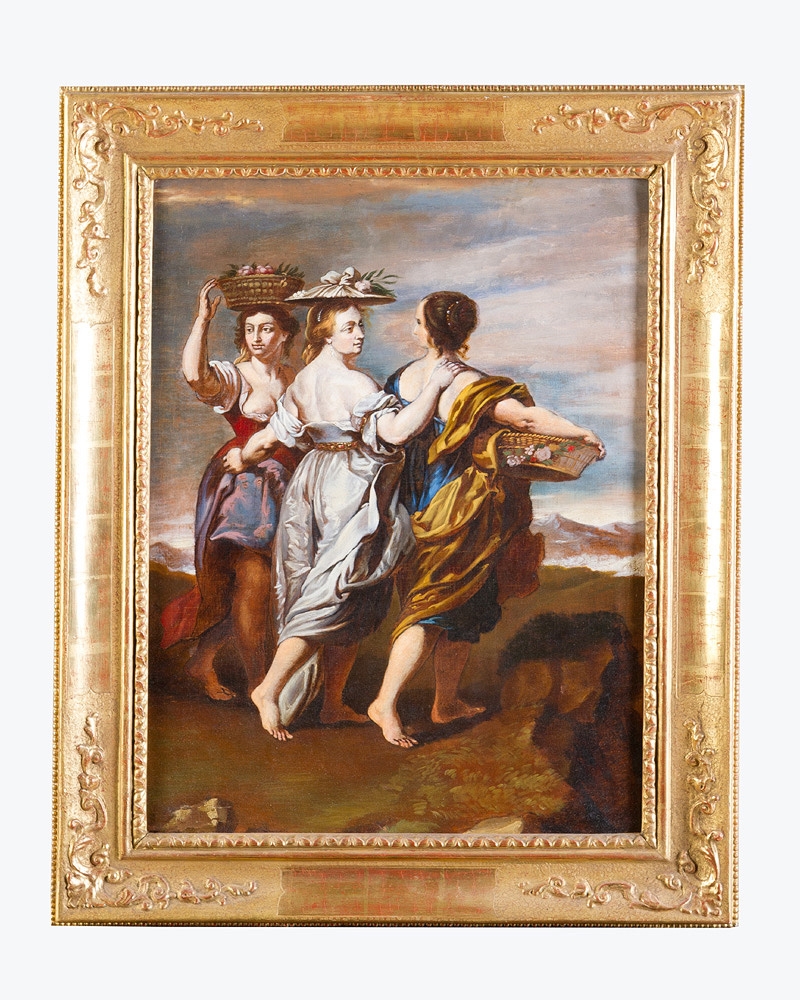
Peter Paul Rubens The three Graces MutualArt
Marcel Mauss' The gift is one of the most revered texts of social anthropology. It is also one of the most debated. But, paradoxically enough, these debates have not focused on the main cultural tradition to which the famous essay may be attached. In this article, I attempt to show that Mauss' anthropological theorization of the gift perpetuates and slightly modifies a very ancient.

les3graces4 14. Subversive Festival
The Three Graces is an oil painting by Italian painter Raphael, housed in the Musée Condé of Chantilly, France. The date of origin has not been positively determined, though it seems to have been painted at some point after his arrival to study with Pietro Perugino in about 1500, [1] possibly 1503-1505.
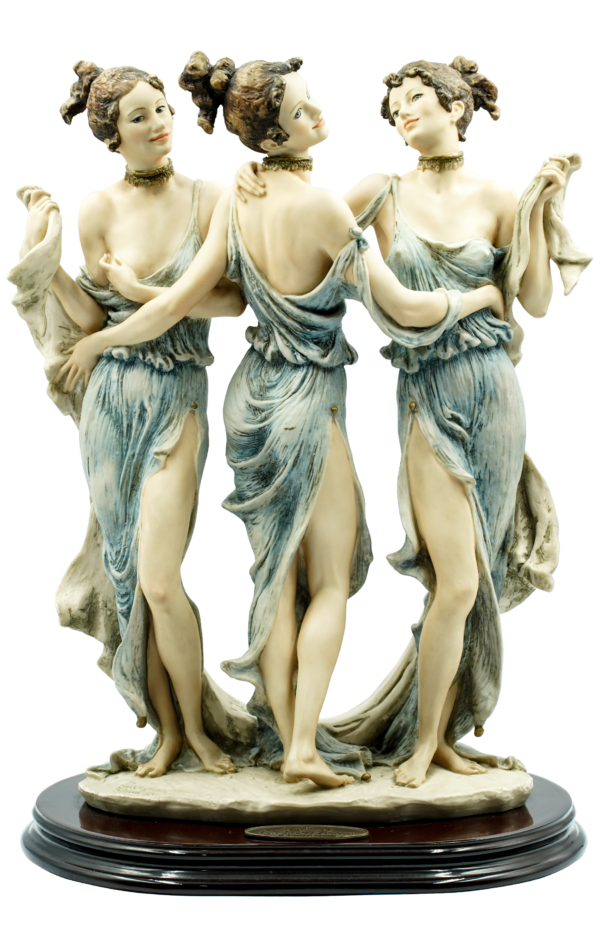
THE THREE GRACES Muebles Italiano
Les Trois Grâces is a set of three public artworks by French-American sculptor Niki de Saint Phalle. The Three Graces were a part of the National Museum of Women in the Arts New York Avenue Sculpture Project. [1] It was created in 1999. It is located in Washington, DC, United States . Description
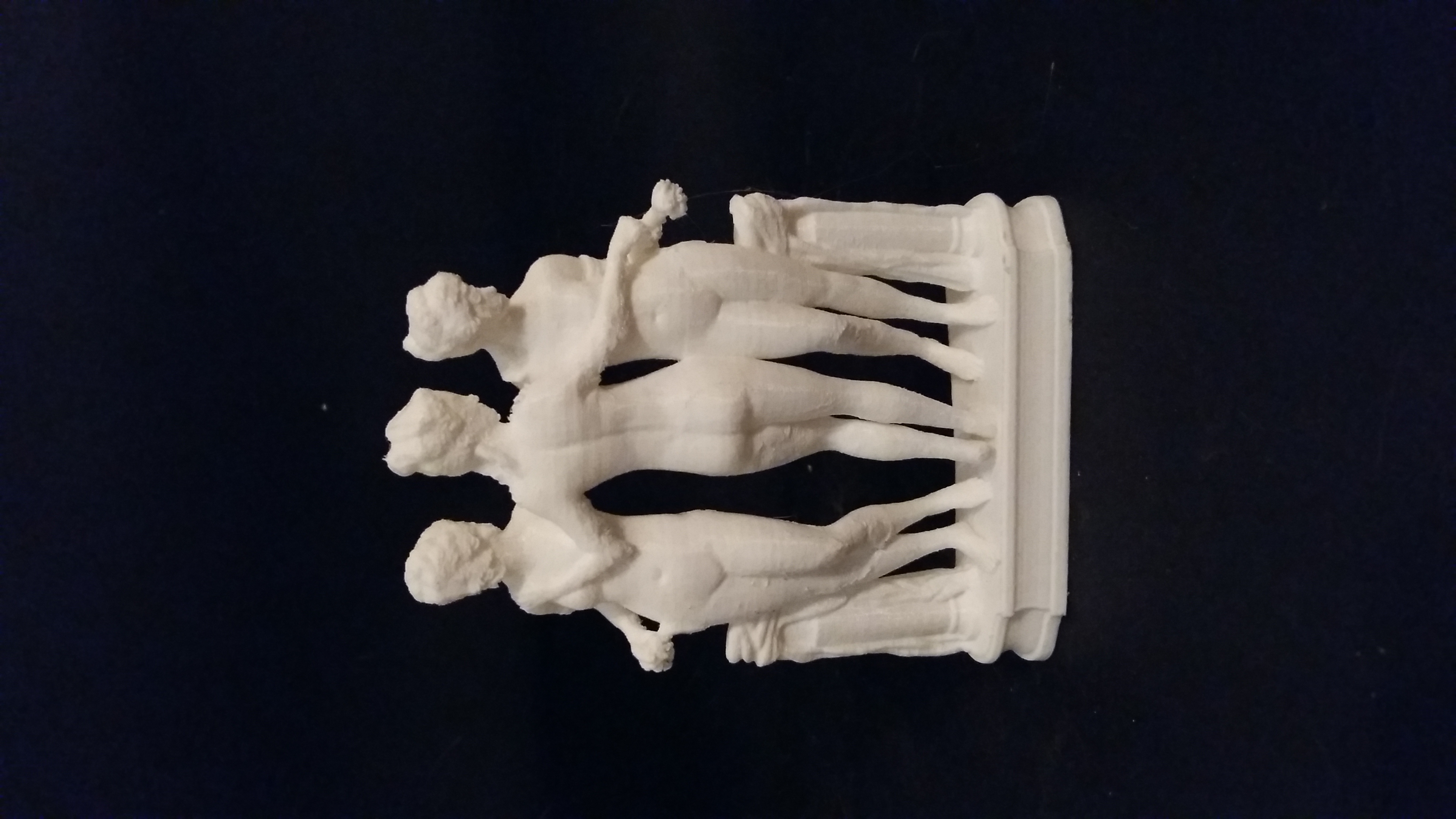
3D Printable The Three Graces at The Louvre, Paris by Scan The World
1630 - 1635. Oil on oak panel. Room 029 The Graces were minor deities but in this splendid work Peter Paul Rubens devotes his best effort to them. The three goddesses embrace each other forming a circle. The positioning of their feet suggests movement; they seem to dance gently. The setting is as luscious as the nude bodies of the goddesses.

V&A · The Three Graces By Antonio Canova
22 x 10 x 10 Cm. $ 90. #Art History #Botticelli #Painting #Sandro Botticelli. Sandro Botticelli, La Primavera (Spring), 1477-1482. From Raphael to Picasso, the Three Graces were a source of inspiration for mythology enthusiasts and Renaissance artists. However, it is probably Sandro Botticelli who dedicated the most time and work to them.
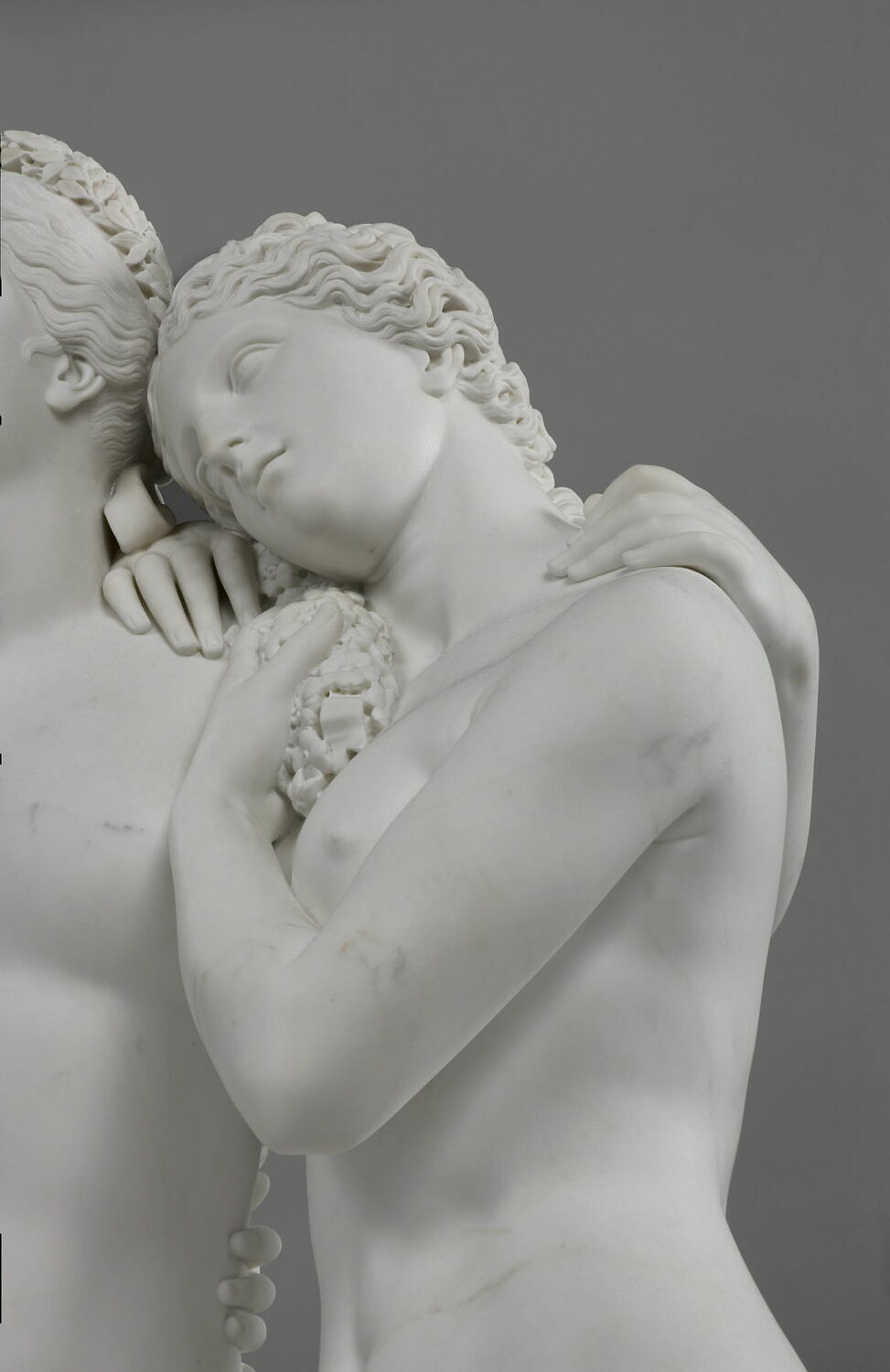
Les Trois Grâces Louvre Collections
Opera The Three Graces, a 1908 opera that opened at the Chicago Opera House and starred such performers as Trixie Friganza The Three Graces ( Три грации ), a 1988 Russian opera parody composed by Vladimir Tarnopolski Other uses Theological virtues, specifically faith, hope and charity
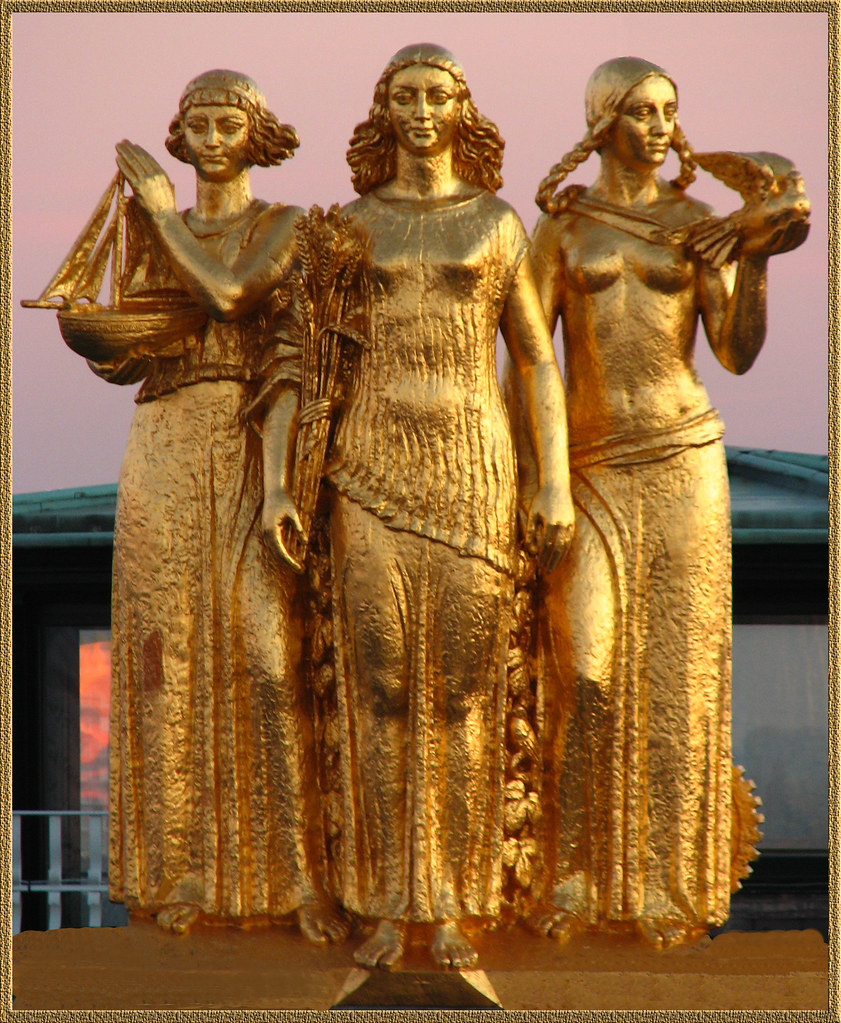
Les Trois Grâces Les Trois Grâces en bronze (symbolisant l… Flickr
Grâces, dans la mythologie romaine, groupe de trois déesses personnifiant la Joie, la Grâce et la Beauté.Connues sous le nom de Charites par les Grecs anciens, les trois Grâces sont, selon certaines légendes, les filles de Zeus et de la nymphe Eurynomé. Elles portent les noms d'Aglaé, Euphrosyne et Thalie et résident sur le mont Olympe.

three graces Louvre Three graces, Sculpture art, Greek gods
The Three Graces by Jean-Baptiste Regnault (Louvre MI 1101) Pages with complex technique templates Template Unknown (author) Artworks with Wikidata item

Classique. Roman sculpture, Greek statues, Greek sculpture
Key Ideas about this Work of Art. This painting is a fragmented image of three Black women wearing rhinestone-embellished 1970s-style clothing and high-heeled shoes. The women are posed in the classic style of the Three Graces (also called Charities) from Greek mythology. The Three Graces are goddesses who represent charm, beauty, and creativity.

the three graces Google Search Three graces, Gods and goddesses, Mythology
les trois Grâces (sur, base, moulure) ; Grâce (3, nu, bracelet, tenant, bandelette, ?, restes, enlacés, de face, 2, de dos, 1) ; à gauche et à droite ; support (2, en forme de, lécythe, surmonté de, draperie) Etat de l'oeuvre : incomplet : les corps et la base en nombreux fragments ont été recollés. Les cassures et éclats sur les corps et sur les parties inférieures des draperies.
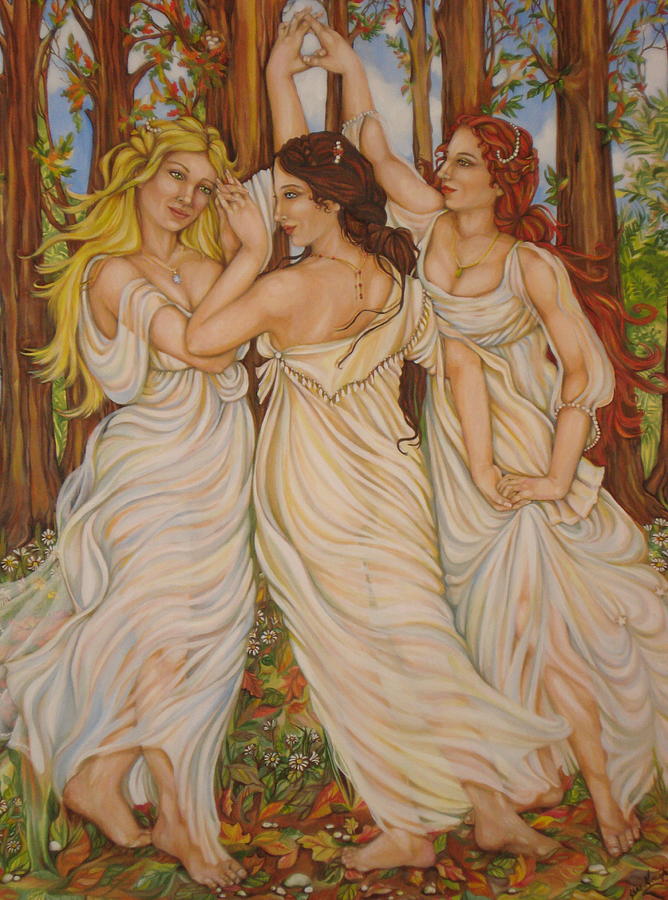
The Three Graces Painting by Jane Gough Fine Art America
Les Grâces dans la mythologie romaine ou Charites dans la mythologie grecque sont trois déesses qui personnifient, qui incarnent, la vie dans sa pleinitude: beauté, créativité, fécondité, mais aussi séduction et nature sont au rendez-vous ! Elles sont au nombre de trois: Aglaé, Euphrosyne et Thalie.

Pin page
The work depicts the three Graces, deities associated with the worship of nature and vegetation. Alluding to the three-fold character of love, their embrace also refers to the gesture of offering and giving thanks. The scene is witnessed by Cupid and Anteros, the former flying through the sky armed with arrows, the latter resting on a rock.
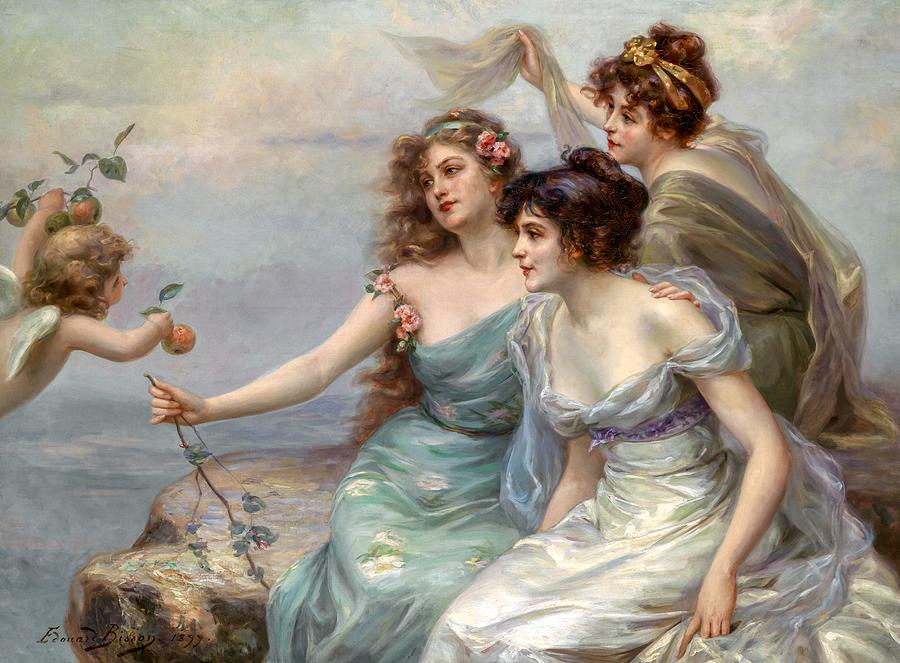
The Three Graces Painting by Mountain Dreams Fine Art America
Taking its motif from ancient Greek literature, The Three Graces depicts the three daughters of Zeus, each of whom is described as being able to bestow a particular gift on humanity: (from left to right) Euphrosyne (mirth), Aglaia (elegance) and Thalia (youth and beauty).

Les Trois Grâces, sur la Place de la Comédie de Montpellier Festival Avignon, Beaux Villages
Marble Statue Group of the Three Graces Roman 2nd century CE On view at The Met Fifth Avenue in Gallery 162 Roman copy of a Greek work of the 2nd century B.C. These young girls, linked in a dance-like pose, represent The Three Graces: Aglaia (Beauty), Euphrosyne (Mirth), and Thalia (Abundance).

Detalle de la «Fontaine des Trois Grâces» [Fuente de las Tres Gracias] Fotografia, Te para tres
Three Graces in Primavera (c.1485-1487) - Sandro Botticelli (Public Domain) In Greek mythology, the Charites (better known as the Graces) were said to be the daughters of Zeus and his wife Hera, the goddess of women, marriage, family, and childbirth. Other sources, however, claim that they were the offspring of Eurynome, the daughter of Oceanus.

RCIN 33940 Les trois Grâces
Les Trois Grâces est un tableau peint par Raphaël actuellement conservé au Musée Condé à Chantilly. Il s'agit d'un des premiers tableaux profanes exécutés par le peintre. On les désigne traditionnellement sous le nom des Grâces, déesses romaines représentant l'Allégresse, l'Abondance et la Splendeur.